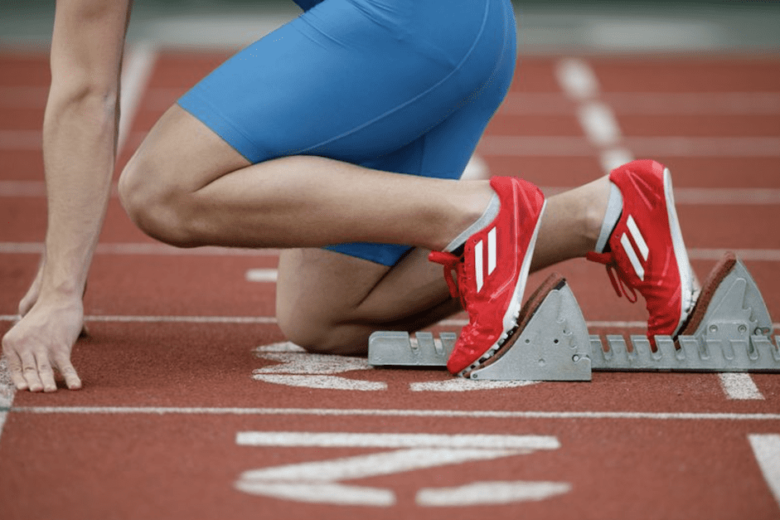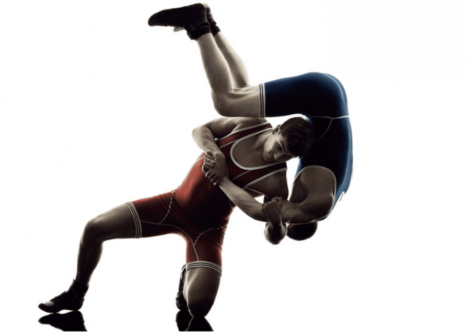Use our convenient online scheduler to book an appointment now.

Caitlin is a slim fourteen year old freshman cross country runner. She has played sports for years but she had never run cross country before, surely not at a varsity level. Now she is. Practice started 5 weeks ago and had been fun and challenging – until recently…
Rob is forty-five. He had been relatively active his entire life. In fact, he had served in the military when he was younger. Work had taken over and he had become more sedentary lately. Like many his age, he has recently put on a little weight as well. His good friend, Scott asked him to play in a men’s basketball league and Rob had agreed. He was enjoying it and had begun feeling like his old self – that is until about a week ago…
Georgia has had pain in her knees for years. Nothing too bad, but it was always there. For the most part, she could do everything that she wished to. Nine weeks ago she tripped over a concrete parking block and landed directly onto her knees. Since then, she has had severe pain. Just walking down stairs has been unbearable – She has never felt like like this before…
All of these patients have one thing in common. They have anterior knee pain. That is pain in the front of the knee. This is called Patellofemoral Pain Syndrome. Sometimes it’s referred to as runner’s knee as well as a number of other names. It is easily the most common cause of knee pain and fortunately often curable – without surgery.
Patellofemoral Pain Syndrome: History and Causes
Patellofemoral pain syndrome usually develops when we’ve asked our knees to do more than they are “able to”. Essentially, an activity and a conditioning mismatch exists. Consequently, patients who develop this problem usually report either increasing the demands on their knee or abruptly reducing the “conditioning” of their knees and the structures around them. The causes can be subtle or obvious.
Commonly, increased demands results from an increase in the intensity, frequency or duration of an activity. Other potential causes are a reduction in the rest between activities or simply from beginning a new activity that puts a different stress on your knee. Increasing the weight you carry, whether it is from lifting barbells, backpacks or simply gaining some weight, can increase the demands on you knees as well.
As for reducing your conditioning, this occurs from muscle atrophy or progressive weakness that can occur following an injury to any part of your knee or leg or simply taking time off from your usual activities.
Patellofemoral Pain Syndrome: Symptoms
The symptoms of patellofemoral pain syndrome can range from mild to debilitating. The pain usually occurs in the front of the knee, around the knee cap. Often, it is along the bottom inner edge of your knee cap. The pain may also be behind the kneecap or along it’s lower edge.
Typically the pain is worse with activities that require knee bending (flexion). Essentially any activity that requires you to bend your knee can cause pain. The common activities that cause symptoms are: Walking up or down stairs, sitting, squatting, running, jumping and rowing. The pain may also occur during rapid or resisted knee straightening (extension), such as during kicking.
People will frequently complain of the knee “giving way”. They may also note clicking or catching or simply a painful “grinding” sound coming from the front of their knee.
Patellofemoral pain syndrome is a very common knee problem. It often occurs in athletes but can occur in anyone. Fortunately it is curable almost always with nonoperative treatment. So if you think you have patellofemoral pain syndrome, this would be a good time to see you sports medicine knee specialist.
Join our Mailing List
TCO provides patients with orthopedic problems the trusted resources and patient-centered advice they need to “Feel Better. Move Better. Be Better.”
© 2024 Town Center Orthopaedics | All Rights Reserved


